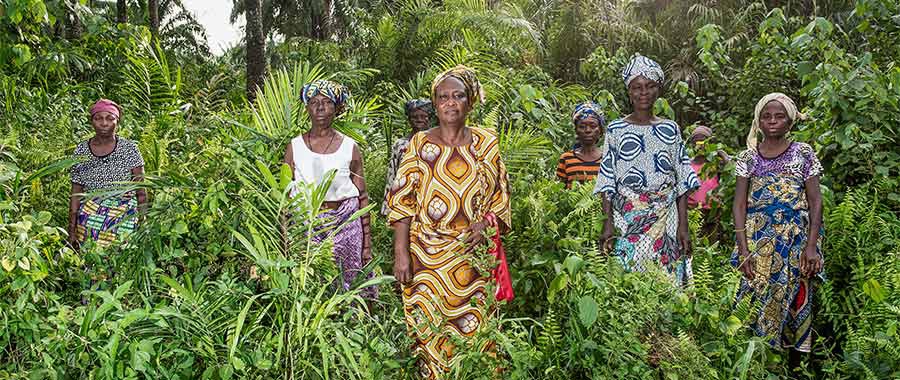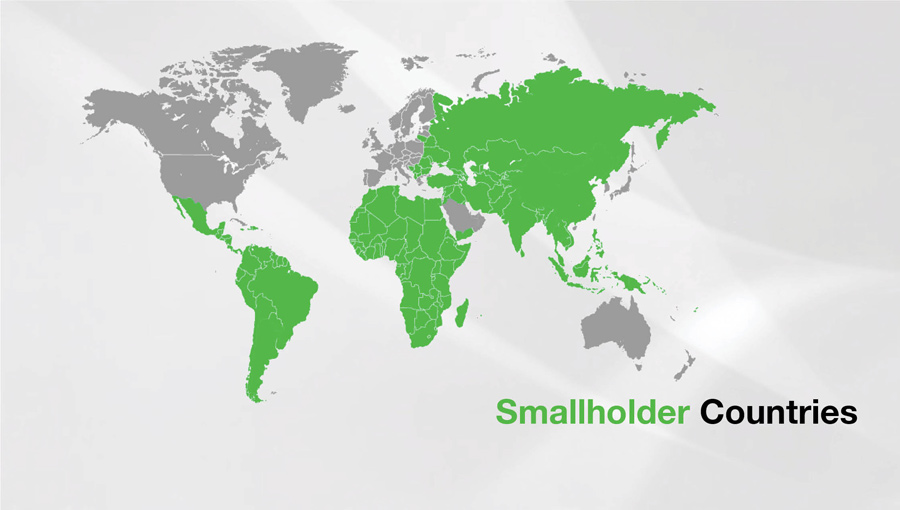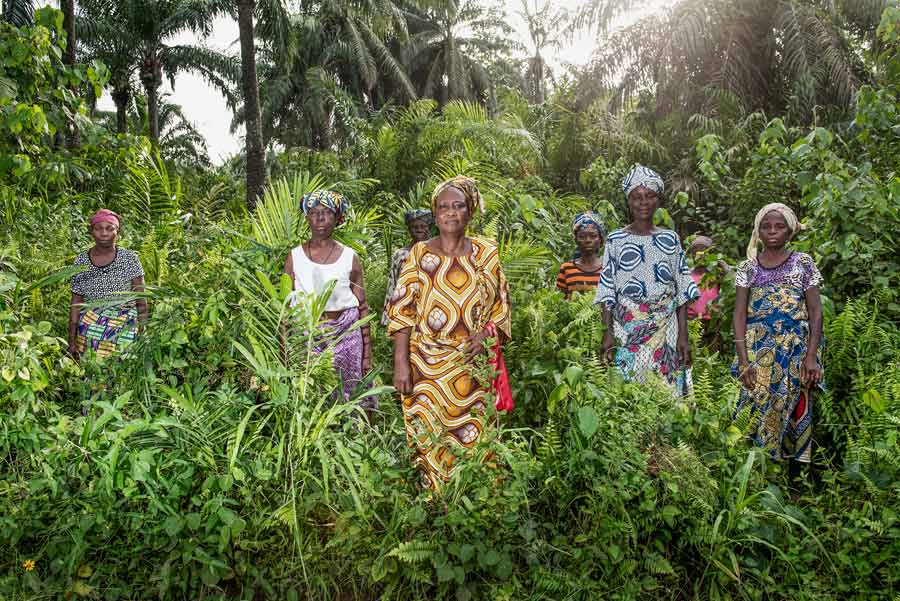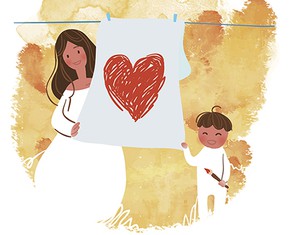The views expressed in our content reflect individual perspectives and do not represent the authoritative views of the Baha'i Faith.
Between 1870 and 1930, several hundred thousand men claimed homestead farmland on the Canadian prairies. All you needed was $10 and a Y chromosome, and you could own 160 acres.
You needed that Y chromosome because women could come along as wives and daughters, but were legally barred from claiming a homestead in their own name. One exception existed and that was for widowed women who had minor dependent children.
My widowed great grandmother Alice was one of the very few who qualified in this category.
Alice arrived on the prairies in 1905 with three daughters aged 10 to 16 and claimed a homestead in her own name near a newly-minted farming community in Saskatchewan—which didn’t even have its own name yet, but was soon called Zealandia.
So I’d like to begin this series of essays on women farmers by dedicating them to these four courageous women farm pioneers: my great grandmother Alice, my much-loved-by-me grandmother Mary and her sisters Effie and Isabella. I’m also shamelessly claiming some female ancestral creds while I write this as a man talking about women farmers.
It was Chairman Mao who said “women hold up half the sky.” I’ve borrowed part of that phrase and added “half the land” in order to frame a topic as big in scope and as vital to the world as the role of women farmers in transforming global agriculture.
 The Baha’i teachings exalt the role of women, and encourage them to “participate fully and equally in the affairs of the world …” – Abdu’l-Baha, The Promulgation of Universal Peace, p. 134. Also, Baha’is believe strongly in the primacy and importance of farming—and in the equal participation of both genders in that essential enterprise: “The fundamental basis of the community is agriculture, tillage of the soil. All must be producers.” – Ibid., p. 217.
The Baha’i teachings exalt the role of women, and encourage them to “participate fully and equally in the affairs of the world …” – Abdu’l-Baha, The Promulgation of Universal Peace, p. 134. Also, Baha’is believe strongly in the primacy and importance of farming—and in the equal participation of both genders in that essential enterprise: “The fundamental basis of the community is agriculture, tillage of the soil. All must be producers.” – Ibid., p. 217.
I am specifically focusing here on smallholder women farmers, the term smallholder referring to farms that are less than five acres, or two hectares. But because the whole category of smallholders is so misunderstood, I’m going to begin with smallholders in general, both female and male, throughout the developing world.
“Developing” is a completely outdated term that needs replacing because it’s absurd to lump China and Russia with economies like Chad and Sudan. However, a change of color and a slight title adjustment, and this map suddenly becomes incredibly accurate because these are precisely the countries with smallholder farmers.
To personalize this overview, I’d like to introduce you to the husband and wife team of Rosemary and Gustave, among the first smallholder farmers I met in Haiti, where I’ve been working for the past 13 years. They farm together on a small plot and grow onions, corn, eggplant and beans, depending on the season, and sell their produce in local markets.
I have begun to understand that the Rosemarys and Gustaves of the world, although largely unseen and mostly forgotten, have the collective potential to help solve three of the biggest challenges facing humanity as it relates to food, climate and gender equality:
How to grow more food to feed an expanding global population;
How to stop and reverse the relentless juggernaut of climate change; and
How to achieve equality between women and men, because if half the world is permanently held back then nothing will work at full capacity.
My education with all of this started when I began working with Rosemary, Gustave and others. I wanted to learn more about the situation of smallholders in Haiti and elsewhere. This required research, which eventually led to uncovering four key statistics which now anchor my work. Here’s what I learned:
- There are currently around 500 million smallholder farms throughout the developing world—farms under 2 hectares, or 5 acres. Some sources say 450 million and others say 550 million. But let’s take 500 million as a workable number.
- Smallholder farms are by definition family farms. That means family members—wife, husband, kids and often grandparents—provide most if not all of the labor to run the farm.
- Globally, an average of five people live and work on each farm.
Stay with me here, because statistic number four pulls it all together with some basic math:
- 500 million smallholder farms with an average of 5 people per farm comes to a total of 2.5 billion people.
We now have a global population of 7.6 billion, which means that one third of humanity live and work on smallholder farms.
Today, some 43% of all smallholder farmers are women. This photo by Fabrice Monteiro was part of an exhibition last year in London called, “We Feed the World.” The Gaia Foundation sent world-renowned photographers out to capture images of smallholders to celebrate small-scale farming and agro-ecology. The women in the photo, from a village in southeastern Benin, formed a farm co-operative to ensure that their traditional knowledge can be passed down from one generation to the next. Their ancestral seed varieties, which are turning out to be resilient to climate change, will be handed on to their daughters and granddaughters.
Women farmers like this grow more than half of all food in developing countries—and yet taken together, women farmers have less than one quarter of the access to seeds, agricultural training, farm credit and other forms of essential support as do their male counterparts. When women do have the same access to resources and training as men, farm yields go up 20 to 30% on average. These increases are directly related to gender equality.
Let me say that again for emphasis: when women have the same access to resources and training as men, farm yields go up 20 to 30% on average. In the next essays, we’ll explore the profound physical and spiritual ramifications of that fact, and try to understand how we can each help it happen.
This essay is adapted from a talk by Hugh Locke to the Parliament of the World’s Religions that took place in Toronto in November, 2018.



















Comments
Sign in or create an account
Continue with Googleor